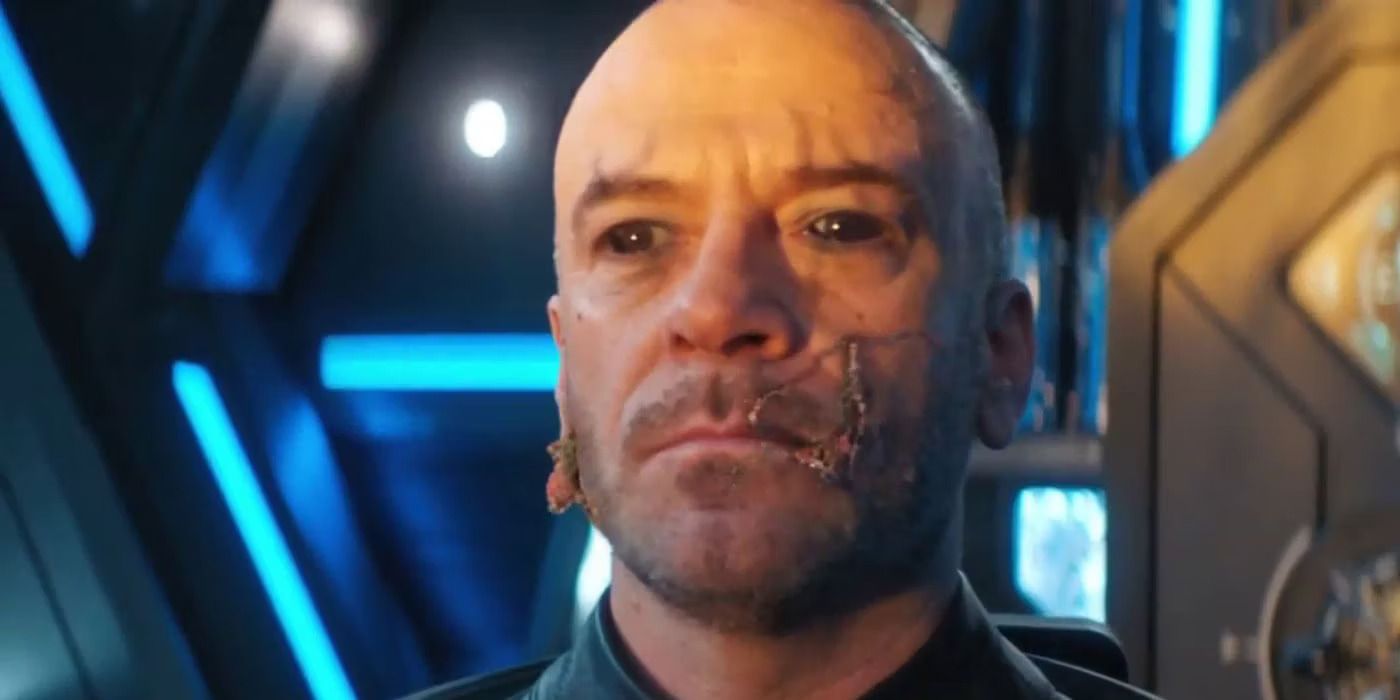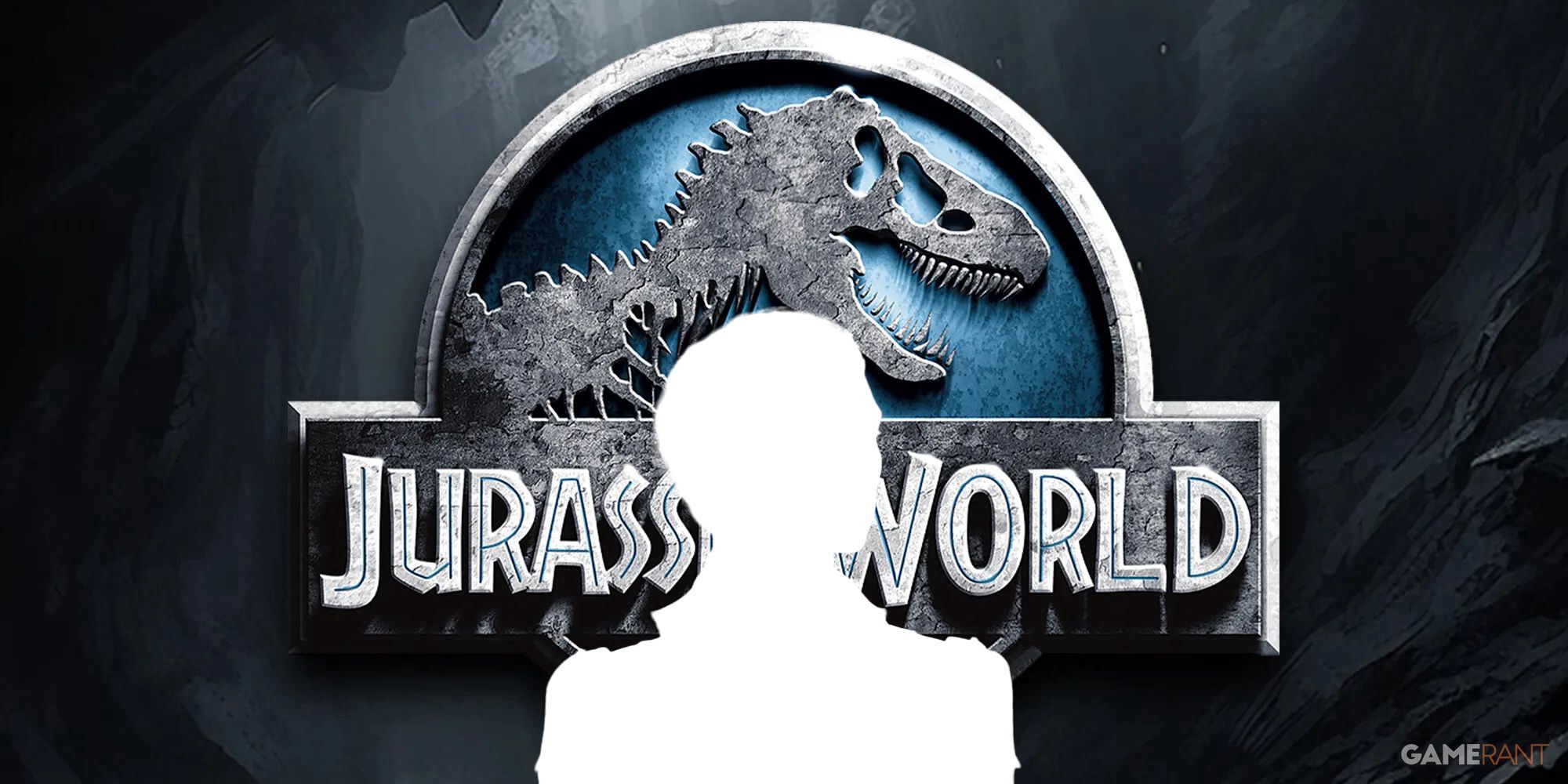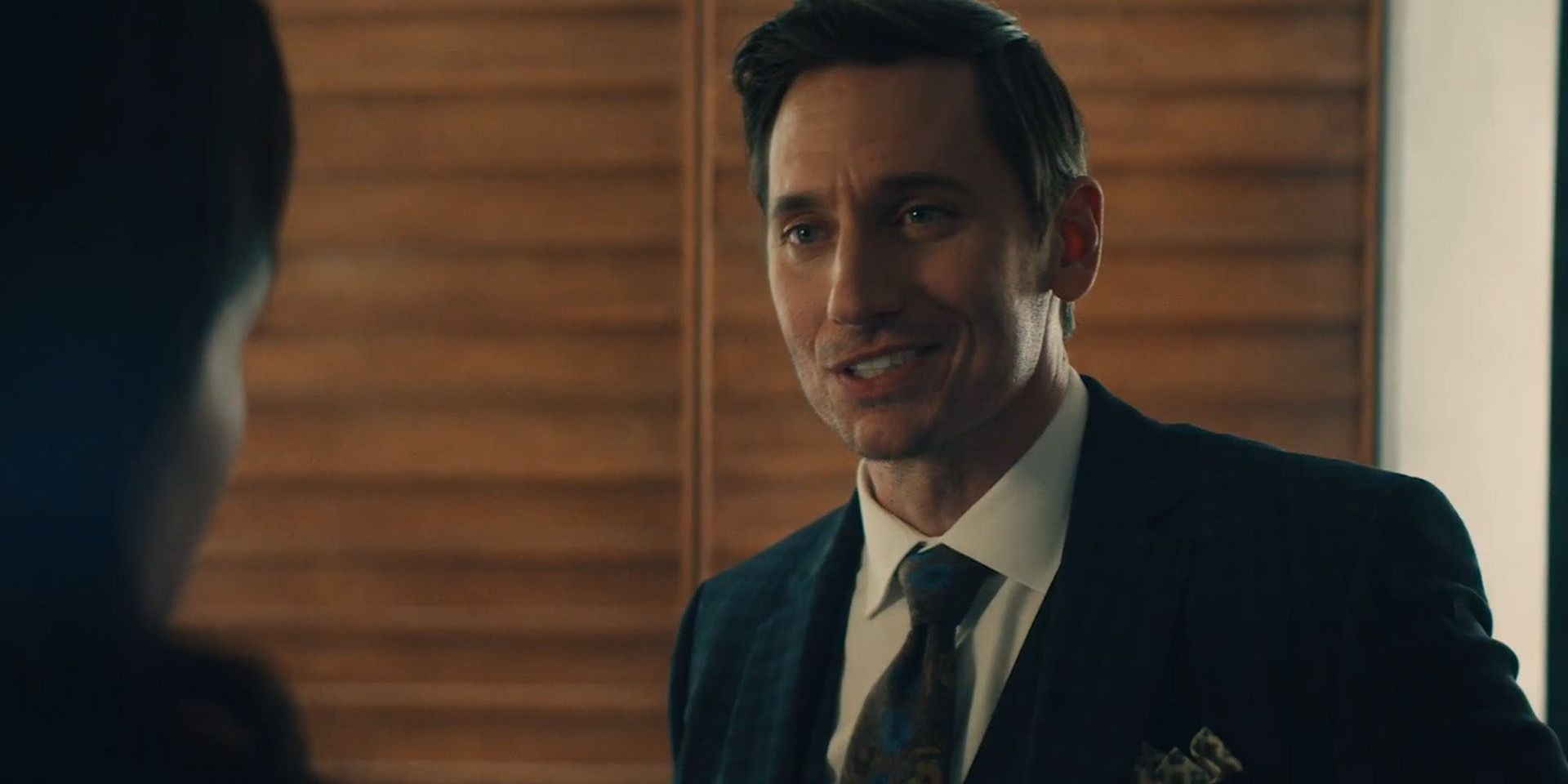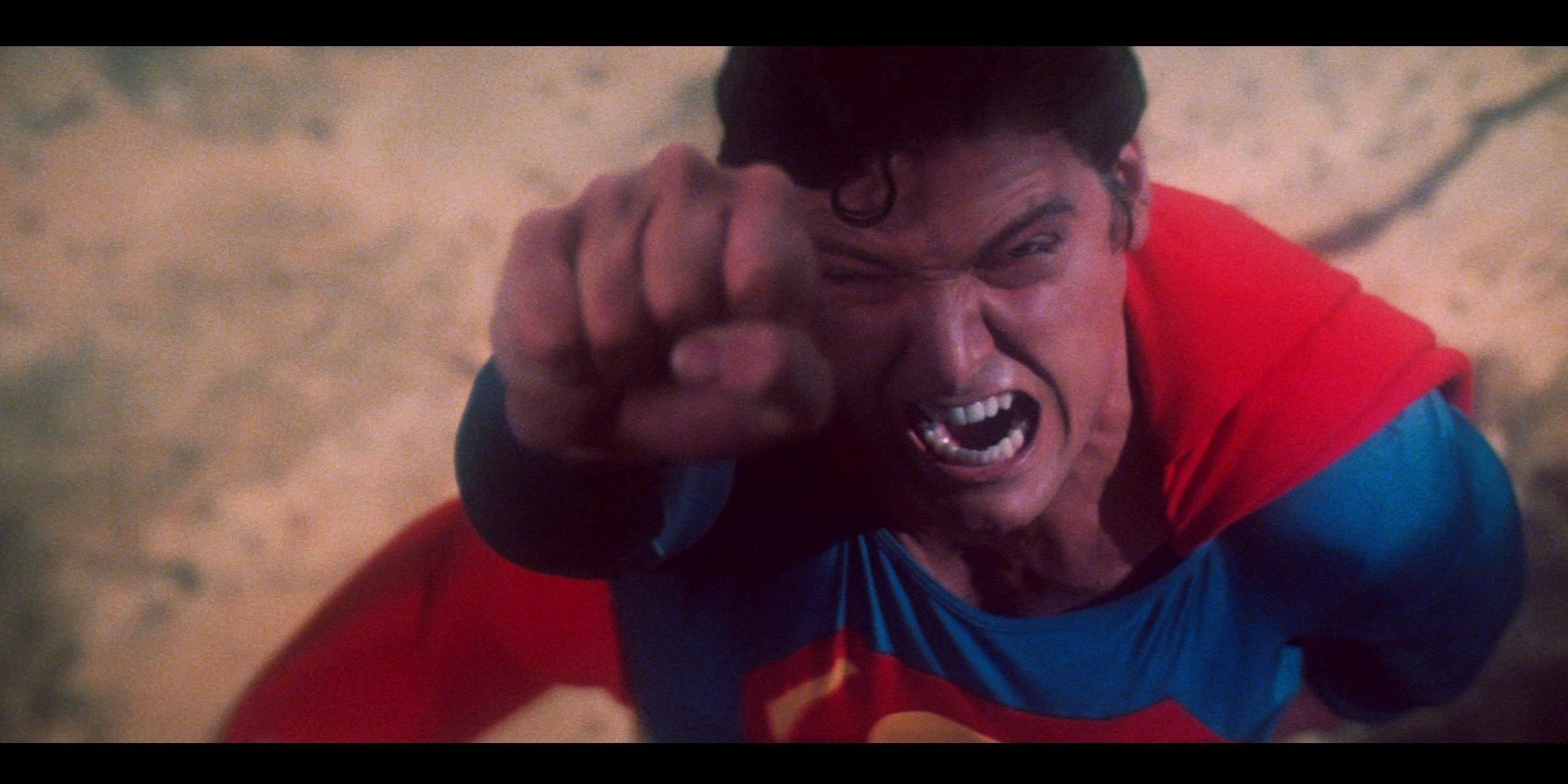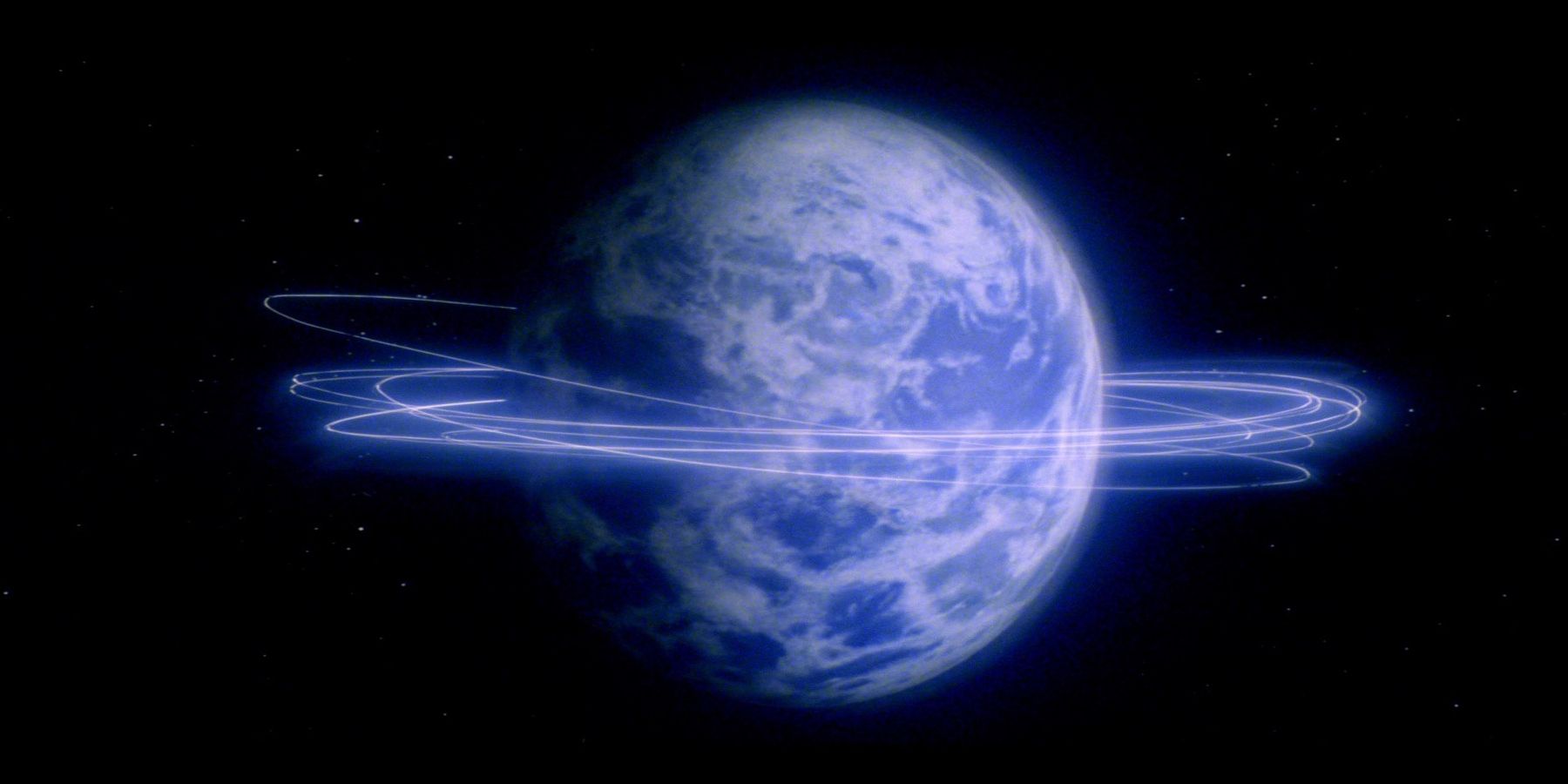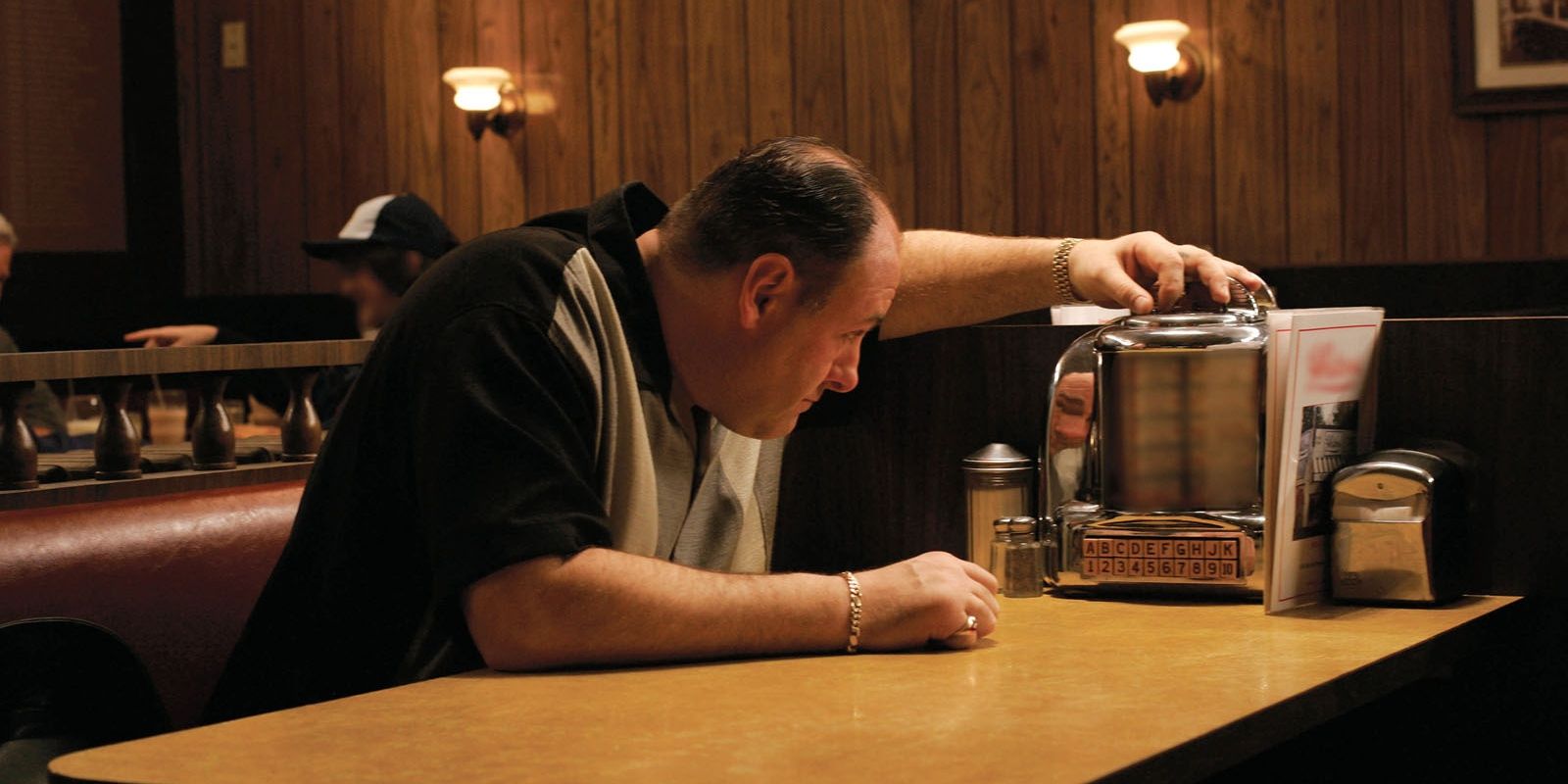While film is a beautiful medium that allows for visuals to speak for themselves in a way other mediums struggle with, sometimes a director’s vision doesn’t quite come across. Oftentimes directors will either intend for a moment to be very poignant and instead, it comes across as confusing, or in their attempt to translate an idea to screen they maybe should have rethought it some. These missteps have happened to some of the greatest directors out there, and have happened in some of the biggest films out there as well.
Beginning with the invention of the first movie cameras in the early 1900s, film as a medium has evolved greatly over time. What initially began as short, silent pictures then evolved to have text and music accompanying them. Before long, “talkies” were introduced and movies as audiences now know them were born. While there have been ups and downs in the popularity of film, it has always managed to hang on as an escape into a different world for a period of time.
With the evolution of film, there have of course been times when directors attempt something that doesn’t quite play out. An early example of this comes with a long-debated scene from the final moments of Richard Donner’s Superman from 1978. After an earthquake occurs that splits open a dam and lands Lois Lane dead in a hole, Superman cries out in agony and flies off to space. Ignoring the warnings of his late father Jor-El, Superman begins flying around the Earth opposite to its rotation.
After reaching a speed of incomprehensibly fast, the Earth inexplicably stops rotating for a moment before then spinning backward. As this happens the prior moments of the dam breaking and Lois dying are shown reversing, implying that time is moving in reverse. This sequence confused a lot of fans upon rewatch, as they began to consider the ramifications of just such an event happening. At the equator, the Earth spins at a speed of roughly 1,000 mph. The sudden stoppage of this, or at least slowing in just a few seconds as shown in the film, would cause people and things to go flying off into space and likely end life on earth.
There is also, of course, the questionable idea that reversing the rotation of the Earth would even make time move backward. What many fans theorize this was intended to be, and some even claim to have heard in an interview with Richard Donner, is a visual representation of Superman himself traveling through time. In the comics, Superman and other speedy characters such as the Flash have been shown to have time travel capabilities if they simply move fast enough. Superman’s rings of light that he creates around the Earth could translate to him moving faster than light, and the Earth moving backward could simply be what he sees as he travels through time.
While this explanation makes a lot more sense than what the movie appears to show, it does inherently come with some flaws. The fact that Superman stops flying backward and then flies around the Earth with its normal spin, thus setting its spin right again, points toward this theory not being correct. Another aspect that doesn’t quite hold up is that this rumored interview with Richard Donner seems either difficult or impossible to find upon further research.
Another example of a director where their visuals aren’t quite doing their story justice comes with James Cameron’s Titanic. As the doomed love story reaches its conclusion, the two lovers act out their final moments with Rose on a wooden door floating in the ocean and Jack floating in the icy water next to her. While Cameron’s intention was for there to be an undeniable choice of only one being able to fit on the door and therefore survive, audiences didn’t quite buy this. Fans have instead speculated that based on the size of the door, both lovers should easily have been able to fit.
While James Cameron has long denied this possibility, The Mythbusters actually tested it and determined that if Rose’s flotation device were put beneath the door, both could have floated. The combined body heat might have even made the wait for a rescue that much easier. Cameron has gone on to defend his ending, saying that while they probably should have made the door smaller, the movie ended how he wanted.
Yet another example comes from a TV show, The Sopranos. Detailing the rough story of Tony Soprano, a New Jersey mob boss whose stressful life leads to him seeking out therapy, this show had every fan tuned in for the finale. While Tony sits in a diner waiting for people to arrive, the bell above the door dings, and the screen cuts to black. It then stayed there for roughly ten seconds, leading many to think their HBO had cut out, before the credits began rolling.
While this ending has gone on to be dissected, with many believing this was meant to show Tony having been killed, at the time it caused quite an uproar with disappointed fans who wanted to see how the series would wrap up. The showrunner, David Chase, has only recently confirmed Tony's death in the ending, originally intending for it to be ambiguous and up for interpretation. While this has certainly been the case, he likely didn’t intend for the slight chaos it caused upon first revelation. However, he also likely isn’t upset at the long-running legacy of the show as a result of the discussion.
These are just a few moments wherein the visual didn’t quite work for fans. There are many more, often to do with endings, and there will likely be even more going forward. Film, like all art, is an ever-evolving medium. Creators will always attempt to push the limits of what all can be translated visually, and they will likely sometimes fail. This is perfectly acceptable, however, because it’s these attempts that push the art form forward, and when they do get it right, it can make something incredible.

